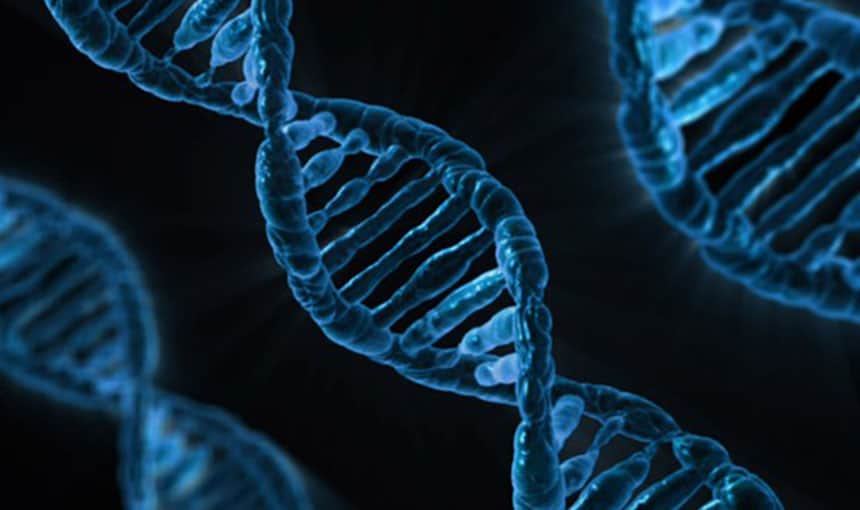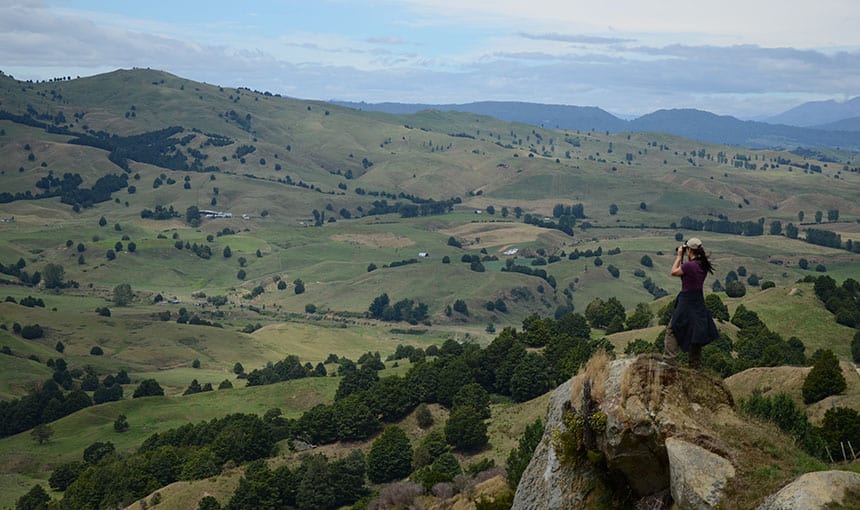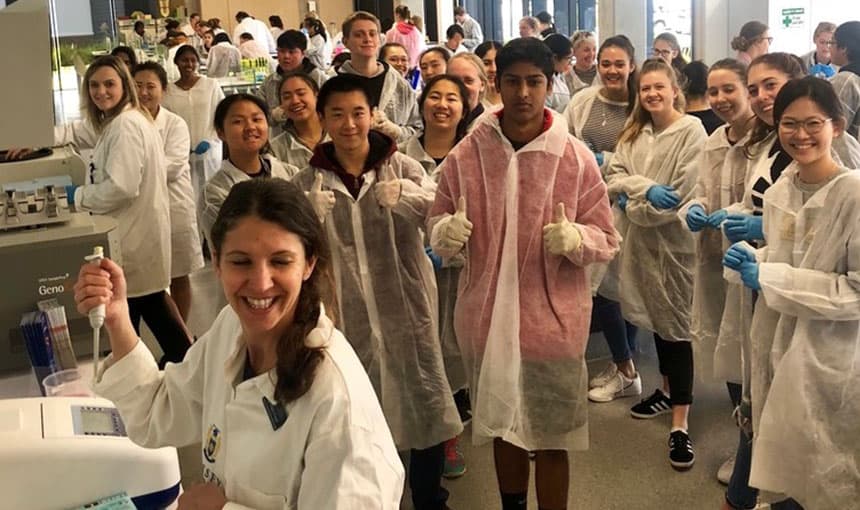Combating Pathogen Risk Using Genomics
To protect our native and production ecosystems from the invasion of new pathogens, rapid assessments of the potential impact of identified and unidentified pathogens are critical.
Overview Te Tirohanga Whānui
This BioHeritage Challenge project, led by Dr Bevan Weir of Manaaki Whenua – Landcare Research, is developing a predictive model using comparative genomics. The model aims to accurately measure and demonstrate the potential threat of unknown organisms to Aotearoa’s biological heritage.
Soil-borne Phytophthora species have been identified as an excellent model system for the project because it’s difficult to control and also carries a high risk of affecting native biodiversity.
The project team is using world-leading genomic technologies to characterise novel pathogens, and is assessing two forms of genetic elements from known pathogens: pathogenic ‘effector’ genes and viruses.
Environmental freshwater, soil, and isolated cultures are being analysed to test the predictive model and to characterise pathogenic genetic elements and viral genes. The results will determine whether these genes are suitable targets for biosecurity risk assessment.
Project team members are engaging and sharing knowledge with landowners and mana whenua (indigenous people) at sites where samples are being taken.
Regional councils and the Department of Conservation are key stakeholders, given the effects of Phytophthora on native ecosystems, and researchers will engage with them in due time to demonstrate the model developed.
The knowledge gained from this project will be of fundamental importance to science. It feeds into the BioHeritage Challenge’s goal of creating a world-class biosecurity system for Aotearoa.
Overview Te Tirohanga Whānui
As well as Bevan Weir, the team includes: Dan Jones, Plant & Food Research; Rebecca McDougal, Scion; Grant Smith, Plant & Food Research; Steve Wakelin, Scion; and Stanley Bellgard, Manaaki Whenua.


